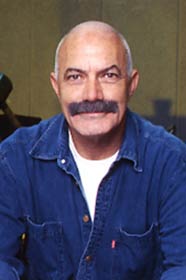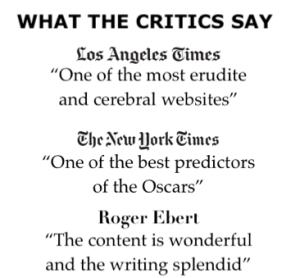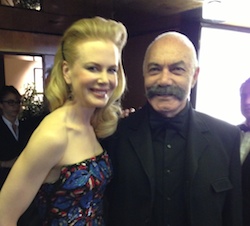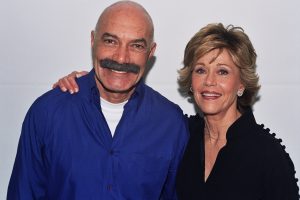John Frankenheimer’s still dazzling 1962 political thriller The Manchurian Candidate is his most remarkable and impactful fillm, establishing him as the most artistic and vital filmmaker at work in Americal.
Frankenheimer and producer George Axelrod bought Richard Condon’s 1959 novel after it had been turned down by other studios. When Frank Sinatra, then at the height of his acting (and singing) career, committed to the film, they managed to secure backing from United Artists.
The plot centers on Korean War veteran Raymond Shaw, part of a prominent political family. Shaw is brainwashed by Chinese and Russian captors after his Army platoon are imprisoned. He returns to civilian life in the US, where he becomes an unwitting “sleeper” assassin in an international communist conspiracy to subvert and overthrow the government.
The film co-starred Laurence Harvey (as Sergeant Raymond Shaw), Janet Leigh, James Gregory and John McGiver. Angela Lansbury, as the mother and controller to her “sleeper” assassin son, garnered Oscar nomination for her riveting performance in the greatest screen role of her career.
Sinatra, as Major Bennett Marco, who reverses Shaw’s mind control mechanisms and exposes the conspiracy, delivers one of his most compelling performances.
Both conceptually and visually, Frankenheimer had “complete control” over the production. The technical “fluency” exhibited in The Manchurian Candidate reveals Frankenheimer’s efforts to convey this Cold War narrative. The movie conveys the “paranoia and delirium of the Cold War years through its documentary-style mise-en-scene. Frankenheimer’s visual inventiveness is manifest in the notable brainwashing sequence, presenting the sinister proceedings from the perspective of both the perpetrator and victim.
The complexity of the sequence and its antecedents in television are described by critic Stephen Bowie: “The famous brainwashing sequence in which Frankenheimer moves between an objective perspective (captured soldiers in a communist seminar) and a subjective one (the soldiers attending a meeting of the Ladies’ Garden Society).
This tour de force was a pure distillation of Frankenheimer’s TV technique, opening with a 360-degree pan that utilised the ‘wild’ sets which allowed TV cameras to move into seemingly impossible positions.”
The methods he used on his television work were “the same kind of style I used on The Manchurian Candidate. It was the first time I had the assurance and self-confidence to go back to what I had been really good at in television.”
To approximate hs notion of exactidute, Frankenheimer concentrates his actors into “long lens” menage, in which dramatic interactions occur at close-up, mid-shot and long-shot, a configuration that he repeated “obsessively.”
“More and more I think that our society is being manipulated and controlled…the most important aspect is that in 1962 this country was just recovering from the McCarthy era and nothing had ever been filmed about it. I wanted to do a picture that showed how ludicrous the whole McCarthy far-Right syndrome was and how dangerous the far-Left syndrome is…The Manchurian Candidate dealt with the McCarthy era, the whole idea of fanaticism, the far-Right and the far-Left being really the same thing, and the idiocy of it. I wanted to show that and I think we did.”- John Frankenheimer in Gerald Pratley’s The Cinema of John Frankenheimer (1969)
The Manchurian Candidate was released in the post-Red Scare period of the early 1960s, when anti-Communist political ideology still prevailed. Just one month after the film’s release, Kennedy administration was in the midst of the Cuban Missile Crisis and nuclear brinkmanship with the Soviet Union.
Tha Frankenheimer and screenwriter Axelrod persisted in the production is a measure of their political liberalism, in a historical period when, according to Gerald Pratley, “it was clearly dangerous to speak of politics in the out-spoken, satiric vein that characterized this picture.”
Film critic David Walsh adds that “the level of conviction and urgency” that informs The Manchurian Candidate reflects “the relative confidence and optimism American liberals felt in the early 1960s.” Frankenheimer’s “terrifying parable” of the American political milieu was well-received, especially by ;iberal crotocs.
The Manchurian Candidate, due to its subject matter and its proximity to the Kennedy assassination (Nov 22, 1963) has been inextricably linked to that event. Frankenheimer said in 1968, that it was “a horribly prophetic film. It’s frightening what’s happened in our country since that film was made.”
Frankenheimer was determined to be more in charge of his career: “I wanted to initiate the project, I wanted to have full control, I never wanted to go back to be hired as a director again.” He was offered a contract to direct a biopic about French singer Edith Piaf, with Natalie Wood, but he rejected the offer when he learned that Piaf’s songs would be sung in English, rather than in French.
In 1963, Frankenheimer and screenwriter Axelrod met producer Edward Lewis, considering a TV production concerning the American Civil Liberties Union. When the project was deemed too expensive for TV, Frankenheimer was approached by actor Kirk Douglas, an associate of Lewis, to purchase and adapt the novel “Seven Days in May” by Fletcher Knebel and Charles W. Bailey II.
This resulted in another superb and timely political drama, co-starring Burt Lancaster, Ava Gardner, and Fredric March (playimg US President) facing a threatening coup d’etat.










